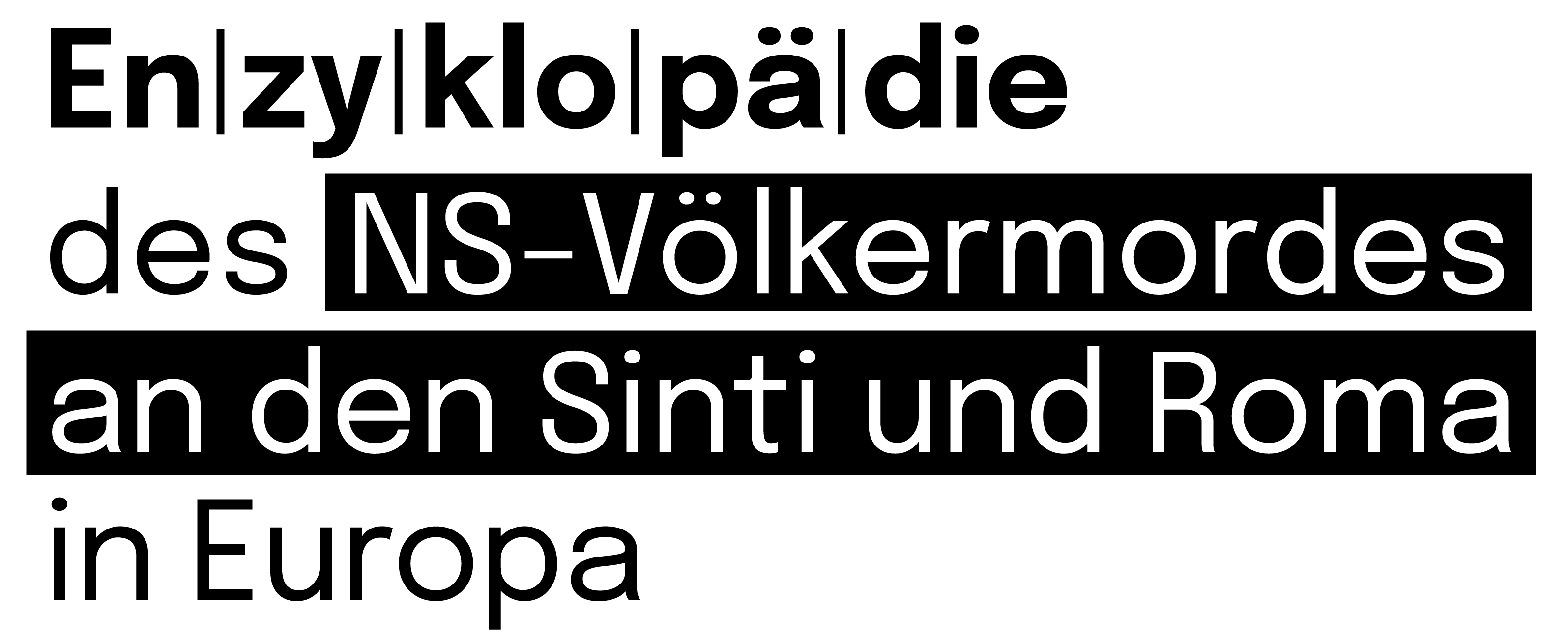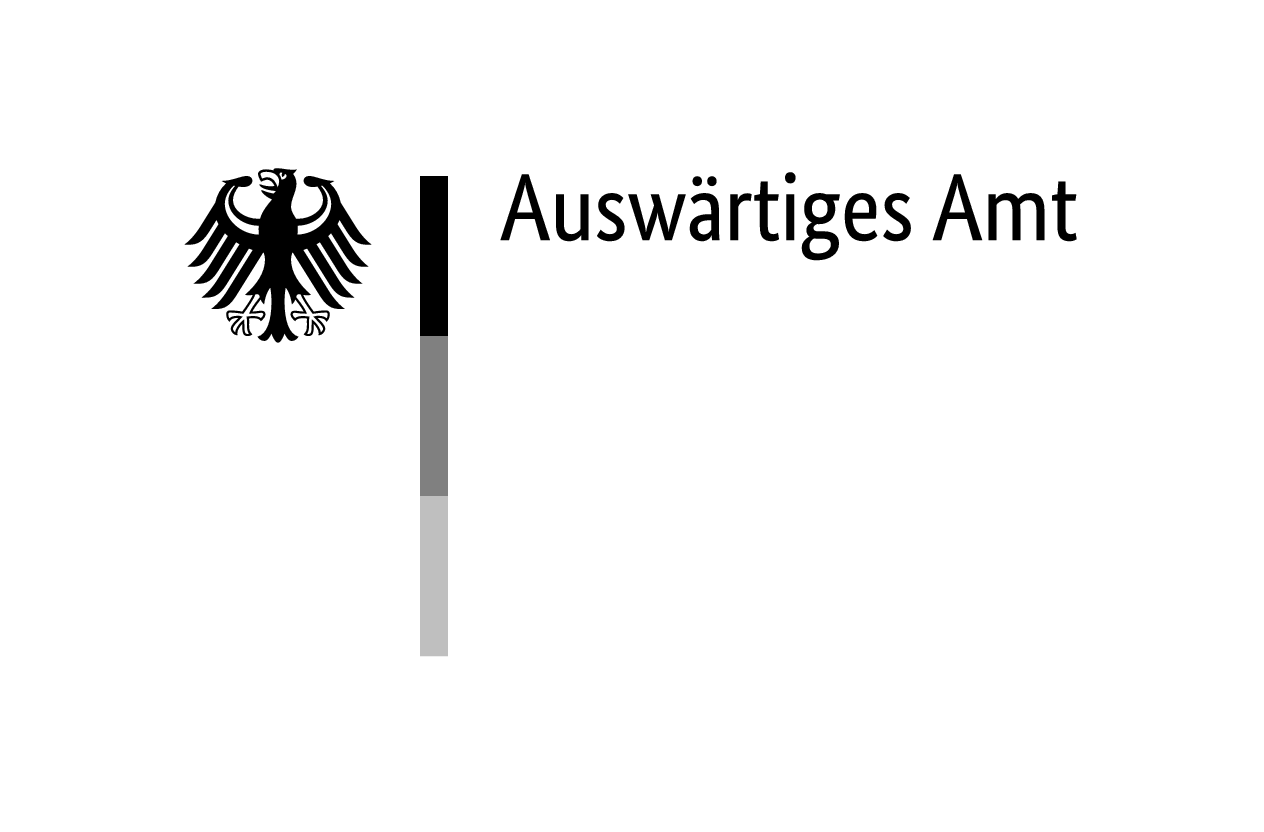The prison in Narva was a police detention facility for Jews and Roma (among others) prior to their murder or deportation. The city of Narva at the border with Russia is also the site where the first known mass killing of Roma in German-occupied Estonia took place.
Imprisonment and Murder
According to the population data issued by the Estonian statistics office, 178 Roma lived in Viru province—of which Narva was administratively a part—on the eve of the German occupation. The city of Narva had 14 Romani residents and Rakvere 112. The Security Police office in Narva covered a large territory, extending as far as Jõhvi, 50 km to the west (although Rakvere had its own Security Police office).
On the night of 1 November 1941, the Estonian Security Police in Narva rounded up 260 people, including a Roma family of three. Vera (biographical data unknown) and Valentina Indus (biographical data unknown) were among the three children held in Narva prison at the time. In January 1942, 42 Roma were living in the territory of Narva police prefecture, and by April there were only 20. The Estonian Security Police reported on 17 Roma (six males and 11 females) who had faced a firing squad prior to 1 July 1942. Among the dead were apparently Vera and Valentina Indus. The surviving evidence does not reveal where and when exactly the 17 victims lost their lives. By 22 July 1942, thirteen Roma were still alive in Narva, appearing on the list of aliens prepared by the local police.
Deportation and Murder
On 22 January 1943, the Head of the German Security Police (Sipo) in Estonia, Dr Martin Sandberger (1911–2010), ordered the deportation of all Estonian Roma to Tallinn Central Prison. The list of Roma transferred from Narva to Rakvere on 4 February 1943 contained 14 names. Four days later a train with 92 Roma on board left Rakvere for Tallinn. Briefly incarcerated in Tallinn Central Prison, Roma from all over Estonia faced death by bullet: 110 individuals on 10 February and 337 individuals on 17 February. In all likelihood they were shot at Kalevi-Liiva. Among the dead were Lonny Indus (unknown–1943) and Willem Indus (unknown–1943) from Narva and their six children.




